The internet and the myriad technologies that have accompanied its rise to media supremacy have transformed the way people communicate. For better or worse they have also transformed education.
As principal of Rosthern Junior College (RJC), a Mennonite high school in Rosthern, Sask., Ryan Wood has seen the impact of technology in the classroom and in students’ lives. “It’s important that we help kids learn to live with technology,” he says. “It’s not going away.”
But what does it mean for Mennonite schools to help students learn to live with technology? How do they teach students to embrace Anabaptist peace theology and become peacemakers within the ever-present reality of the internet?
Today teachers and students can access a wealth of information and learning tools via the internet. It has replaced the library as a source of knowledge in many schools, and many teachers use the internet as a fun and interactive way to engage students in learning.
James Friesen is vice-principal at Westgate Mennonite Collegiate in Winnipeg, where he has seen students excited about learning when teachers use websites such as Kahoot! to create competitive quizzes. He has also seen technology used as a community-building tool when students study together online.
At the same time, the internet has made teachers’ jobs more complicated. Wood says he has seen “an uptick in depression, anxiety, dark thoughts, low self-esteem, irritability and difficulty focusing,” and, although technology may not be entirely to blame, he says, “It’s hard not to see it as a common factor.” He adds, “We’re engaged in a social experiment on our youth . . . and the early results aren’t positive.”
Many students participate in what Wood calls “unhelpful online chatter.” The cell phone is used all the time to communicate a whole range of emotions. “It’s in hand when they’re happy, mad, hurt, or want to lash out or express joy—and it gets used for all of those things,” he says.
Paul Peters, director of student life at Mennonite Collegiate Institute (MCI) in Gretna, Man., says, “The never-ending connectedness and never-ending knowledge and information is overwhelming,” adding, “That impacts how emotionally stable we might feel at times.”
Peters thinks the speed with which information is shared can be problematic for youth. “There’s never any time to sit and think in relationships, because [information is] always passed on to the next person pretty quickly.”
Danette Adams, a guidance counsellor and teacher at Rockway Mennonite Collegiate in Kitchener, Ont., says, “We often see students using personal technology as a shield against the general anxieties of being an adolescent in a world that seems more frantic, ironically, because of the constant stream of information and interaction that technology supplies.”
Teaching students how to have a balanced relationship with technology is important. Some schools, like Westgate and MCI, have “phone zones,” where students are free to use their devices, and “no-phone zones,” where they are not.
Adams says Rockway tries to create spaces and opportunities for students to have meaningful interactions without their phones. “We have events where phones aren’t needed,” she says, “so that students can witness the power of balanced use.”
In 2015, Adams’s colleague, Sara Wahl, organized an event called Tech Time Out, during which teachers, students and their families committed to living without technology for a given time. Surprisingly, “the biggest resistance [to Tech Time Out] was from parents,” says Wahl. “They were not sure how to navigate parenting without technology.”
But perhaps this isn’t so surprising. Peters says his MCI students would be quick to point out that technology use and the need for balance “is a human issue, not a student issue.” Parents, students and teachers are all in danger of relying too much on technology. “We need to engage in ways that say we’re all learning,” says Peters.
MCI also had a voluntary social media and technology fast last May. Peters says the 11 students and seven faculty members who participated “could experience how countercultural it was to not be using [technology].”
Teachers aren’t the only ones who think a balanced approach to technology use is important. Students themselves see a problem with spending too much time on their phones.
Jackson Kosokowski, a Grade 12 student at RJC, says, “Technology can be very useful, but, if you use it too much, you can get caught up in it. Knowing when to take a break is important.”
Talia Landgraff, a Grade 12 Westgate student, says, “Technology can enhance the way we work, study and connect, and should be used in schools.” But, she adds, “We need to have time scheduled away from our screen to clear our minds and have our own thoughts.”
Wood’s daughter, Sarah, a Grade 10 student at RJC, recalls hearing that the average screen time among her classmates and friends was nine hours a day. “I remember how sad it made me when I heard that,” she says. She tries to set limits on her own screen time, but concedes, “It’s hard.”
Taking a break from screen time is a good idea that can be difficult to implement. Erin Sutherland, a Grade 11 student at Westgate, articulates the dilemma many students face: “We use our phones more and more in class and that’s why I need to use it while doing homework.” But when using her phone for homework, she admits, “I often get distracted and use other apps.”
The curse of cyber bullying
Another aspect of constant phone use that challenges teachers and students is cyber bullying. The anonymity of the internet makes it easy to be cruel, because, says Kosokowski, “People don’t have a name or a face attached to their online profiles. [This] gives them a false sense of power” that can lead to bullying behaviour.
Adams says that Rockway looks at cyber bullying “through a restorative justice lens.”
Similarly, Peters says that, when something hurtful appears online, his school works to “get the people involved in the same room to have a conversation.”
While cyber bullying may be new to this generation, the solution has been around for a while. “Love is the answer,” says Wood. “Our mission always has been to love, and technology hasn’t changed that one iota.” He says there is a need to “call [bullying] out, but then be willing to talk to the people involved and show them better ways to communicate.”
Friesen has seen negative behaviours change quickly when identified. “Once you name these things as bullying or improper, people want to get [hurtful posts] down and restore relationships,” he says.
Teachers strive to prevent hurtful online behaviour. “We’ve done a fair amount of teaching about thinking before we post, share or send something to someone,” says Peters. “We encourage people to not act on their first emotion.”
“We’re constantly reminding students to be kind online,” says Wood. Sometimes being kind online means not responding to a text. “It’s a 2019 interpretation of turning the other cheek,” he says. “Someone has to stop the cycle of violence.”
Student relationships ‘not separate from technology’
Friesen says that students view their relationships differently than their teachers or parents do. “Their relationships with each other are not separate from technology,” he says. He has heard students talking about having to stand up to a person online. “Their online and physical realities are more meshed,” he adds.
Because technology is so much a part of students’ lives, Peters feels it’s important to acknowledge and affirm positive online behaviour. Social media, he says, “can be a way to encourage and uplift others and create a safe place for conversation,” adding, “We need to find ways of ironing out the kinks of learning it. If we just demonize it, we’re going to lose.”
Opportunities for face-to-face interaction without the use of the internet are significant when it comes to finding balance. Wahl sees this when Rockway students participate in Mennonite Central Committee Ontario’s Toronto Ontario Opportunities for Learning and Service program. In the program, students meet and build relationships with homeless people. “Every time [students] come back they are so energized by that experience,” says Wahl. “It’s the triumph of human connection.”
RJC students have similar experiences through the school’s Alternative Learning and Service Opportunities program. Wood enjoys seeing how they use technology to share their experiences through slide shows in chapel or through videos and picture collages on social media.
Peace through technology
Students have no problem identifying ways technology can be used to build peace. Technology enables Sarah Wood to build friendships with RJC’s international students. “Google Translate helps me communicate with students who are just learning English,” she says.
And Landgraff says technology can be used effectively for building peace by “connecting youth and uniting them through common interests and issues.” She cites the Fridays for Future movement, begun by Greta Thunberg, as a movement that “gained traction through people sharing posts on social media.”
One certainty in the world of technology is change. “We’re recognizing that there’s so much flux in the way technology is being used,” says Friesen. “If we think we’ve got a handle on it now, next year it will be different.”
Does this mean that teachers will never get a handle on helping students learn how to live with technology?
Ryan Wood doesn’t think so. “The single, biggest tool against the negativity of technology is love,” he says. “Is it harming my neighbour? Is it harming me?” He believes that every text message can teach lessons on kindness, compassion and respect. “If we can teach kids to love,” he says, “as the church has always done—that’s the answer.”
For discussion
1. How has communication technology changed in your lifetime? What is the most profound change in how people interact and communicate with each other? How is new communication technology beneficial or destructive to interpersonal relationships?
2. Ryan Wood says that students who are constantly communicating with their phones can get caught up in “unhelpful online chatter.” Why is never-ending knowledge and information problematic? Why can it be unhealthy to regularly share unfiltered emotions?
3. If you were a school principal, what rules would you make regarding cell phones? How would you deal with cyber bullying? What technology tips would you add to the curriculum?
4. Do families and individuals also need rules for using technology? How do you regulate your own cell phone use? Is it important to take a “tech time out” at times?
5. What are some ways that the internet can be used to build community? What are some effective ways for congregations to use communication technology?
—By Barb Draper
Read more Focus on Education stories:
RJC: Becoming a missional school
Strangers become friends at college
Their stories showed me how to be brave
‘Nobody is perfect and that’s okay’
Engaging Anabaptist theology in community—at a distance
Rockway to feature ‘Voices Together’ committee member at special event
The servant heart



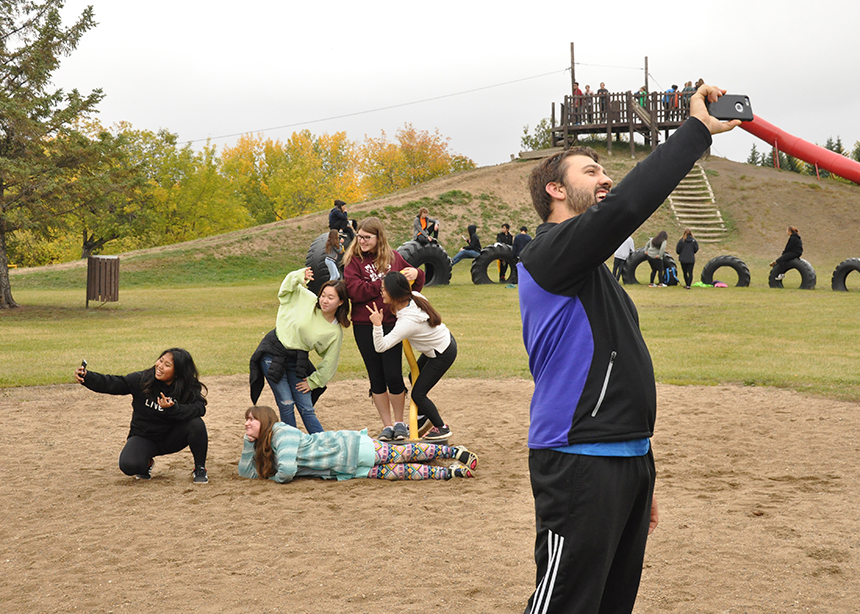


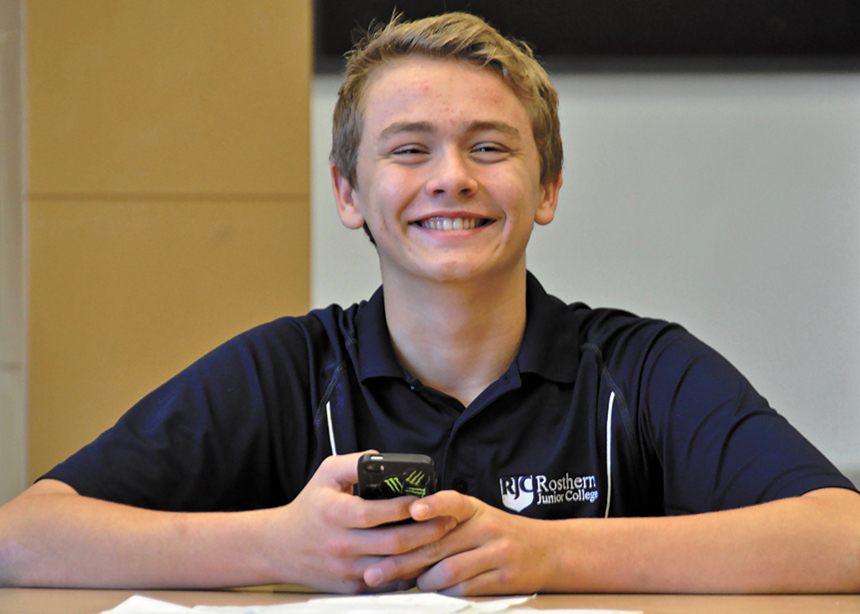
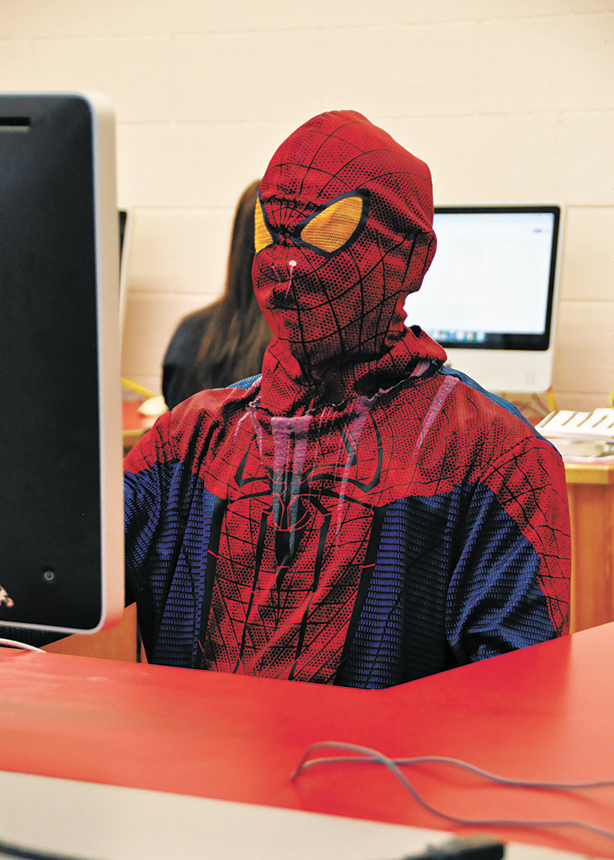
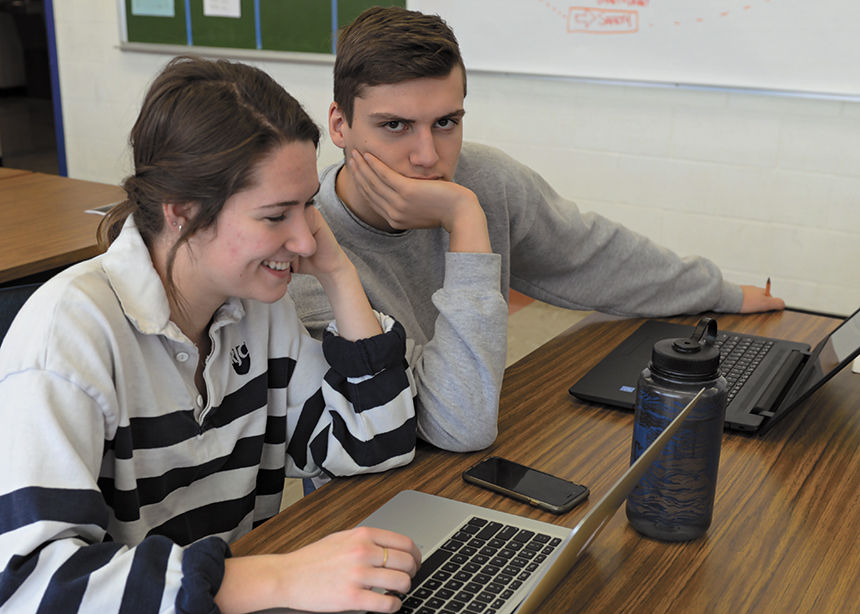
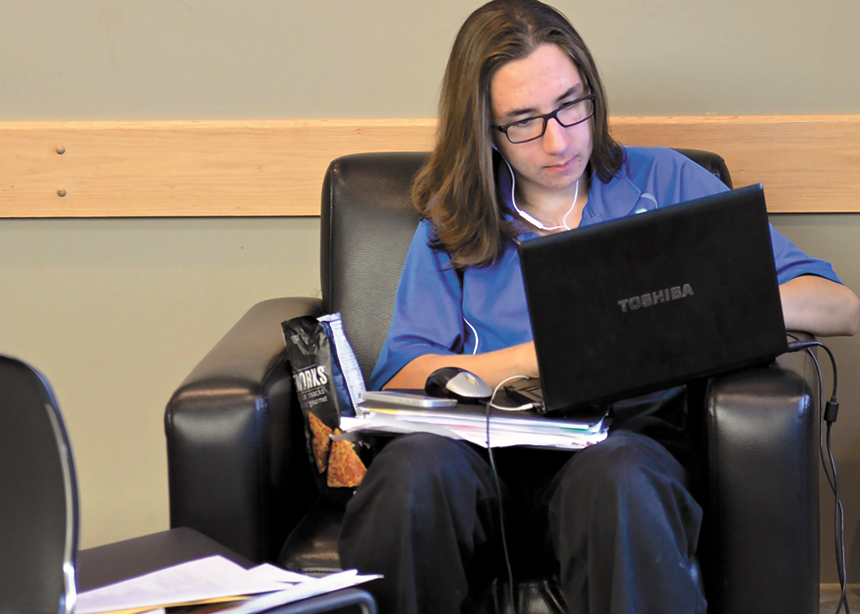
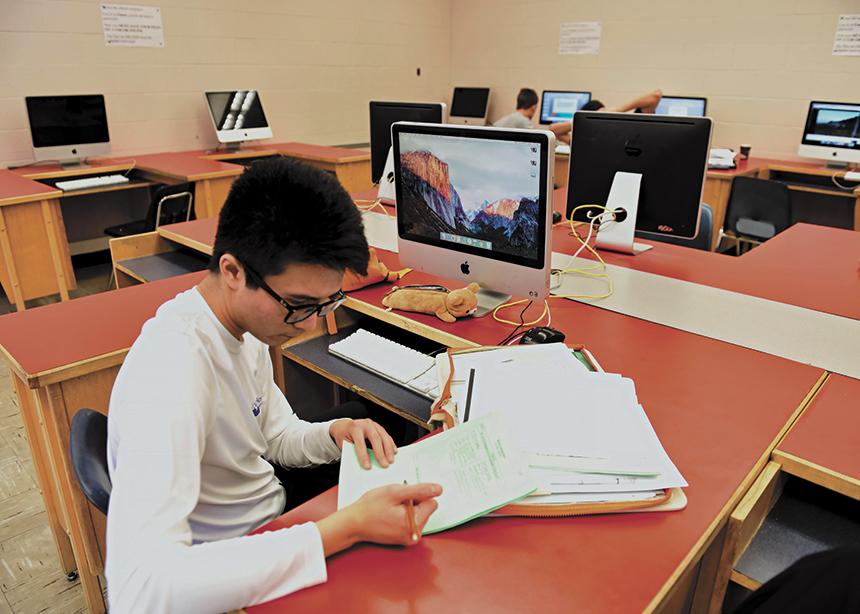


Leave a Reply
You must be logged in to post a comment.